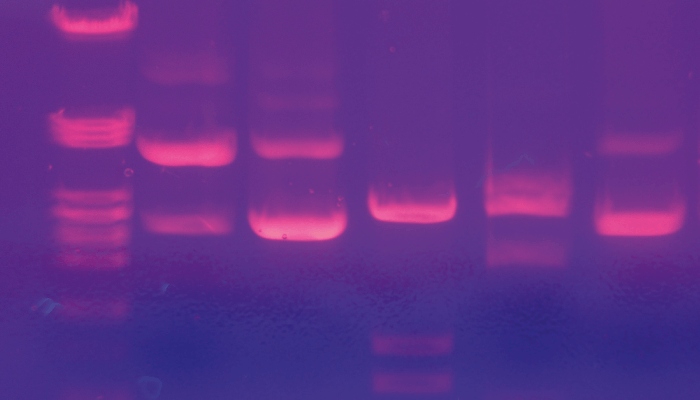The use of MS-based proteomics for clinical diagnosis is steadily increasing – and COVID-19 has only accelerated its adoption for viral infections. But the traditional sample pretreatment methods required for these analyses take over 20 hours and there are still challenges around peptide recovery and reproducibility of results.

Now, researchers have developed a novel approach, termed BAC-DROP, that could help overcome some of these issues. First, the proteins are fractionated at high resolution; then, the gel itself is dissolved to release any fragments that have escaped before proceeding to MS quantification. The team have demonstrated the technique’s successful incorporation into MS-based testing of clinical samples, such as hepatitis B virus. With MS-based diagnosis on the rise, this high-throughput sample preparation approach could help with translation to the clinical lab.
References
- A Takemori et al., J Proteome Res, 20, 1535 (2021). DOI: 10.1021/acs.jproteome.0c00749




